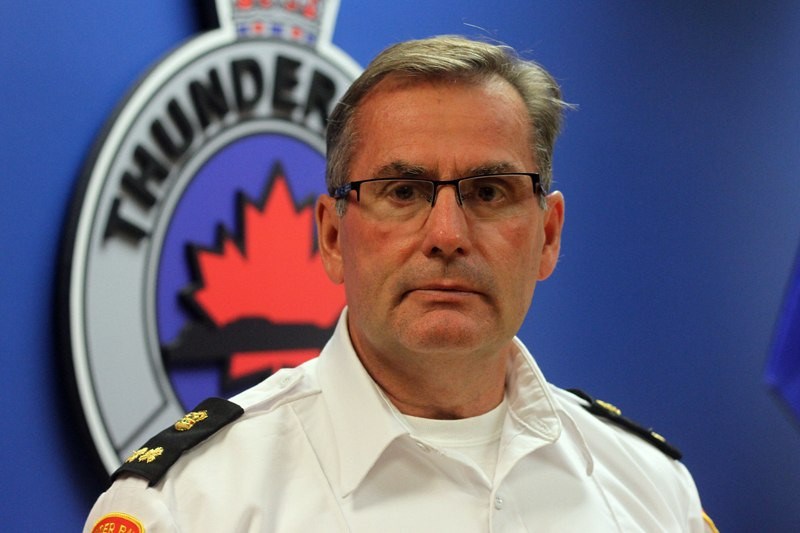THUNDER BAY - Murders are a fact of life, says the city's mayor.
"You're never going to stop homicides. I don't care who you are. I don't care what mayor you are, what president you are. People are violent to other people," said Mayor Keith Hobbs.
On Tuesday, 52-year-year old Christopher Adams became Thunder Bay's fourth murder victim of 2014 as he succumbed to injuries sustained in a serious assault and alleged robbery in front of city hall in the early hours of Canada Day.
That brings the total number of homicides in the city in the past five years to 23, a number that hasn't been seen in Thunder Bay since the early ‘90s when over a five-year period from 1991 to 1995, police investigated 24 murders.
In comparing decades, using data from Statistics Canada, Thunder Bay saw 37 homicides in the 1990s and Hobbs said the city is on track for that again.
"Thunder Bay has always had a high homicide rate right back (to when) I became a police officer in 1976 and the homicide rate was high in the '70s, '80s, '90s, 2000s and this decade as well," he said.
But what has changed is that the city has started to look at what is causing the high rates and initiating programs to address the root causes of poverty, mental health issues and alcohol and drug use.
"That's the key to this," said Hobbs. "I think if we resolve those, we could see our violent rates come down."
"It's going to take a while to fix this issue for sure," he added.
Thunder Bay Police Service's Deputy Chief Andy Hay echoed the mayor's feelings that addressing the root causes of crime is what will bring the murder rate down.
"A typical Thunder Bay homicide generally deals with a group of people that live high-risk lifestyles that are entrenched and fueled by alcohol, drug abuse, violent relationships," he said.
"It's not something the average person is going to encounter."
Where the murder rate will land by the end of the year isn't easily predicted, said Hay, who noted that while there have been four homicides so far, the police are concerned but it's not unexpected.
"I don't think what's happening right now is a real anomaly," he said.
Until the social issues are addressed, Hay said police expect the murder rate to remain relatively constant.
From 2011 to 2012, the city saw a 17 per cent decline in crime severity and Hay believes initiatives like the alcohol management program, cold weather Street Outreach Service (SOS) program and the crime prevention council are making a difference.
"I expect we will see some very good results from it but it's going to take a number of years before everything catches up and we can see what the real benefits are," Hay said.
